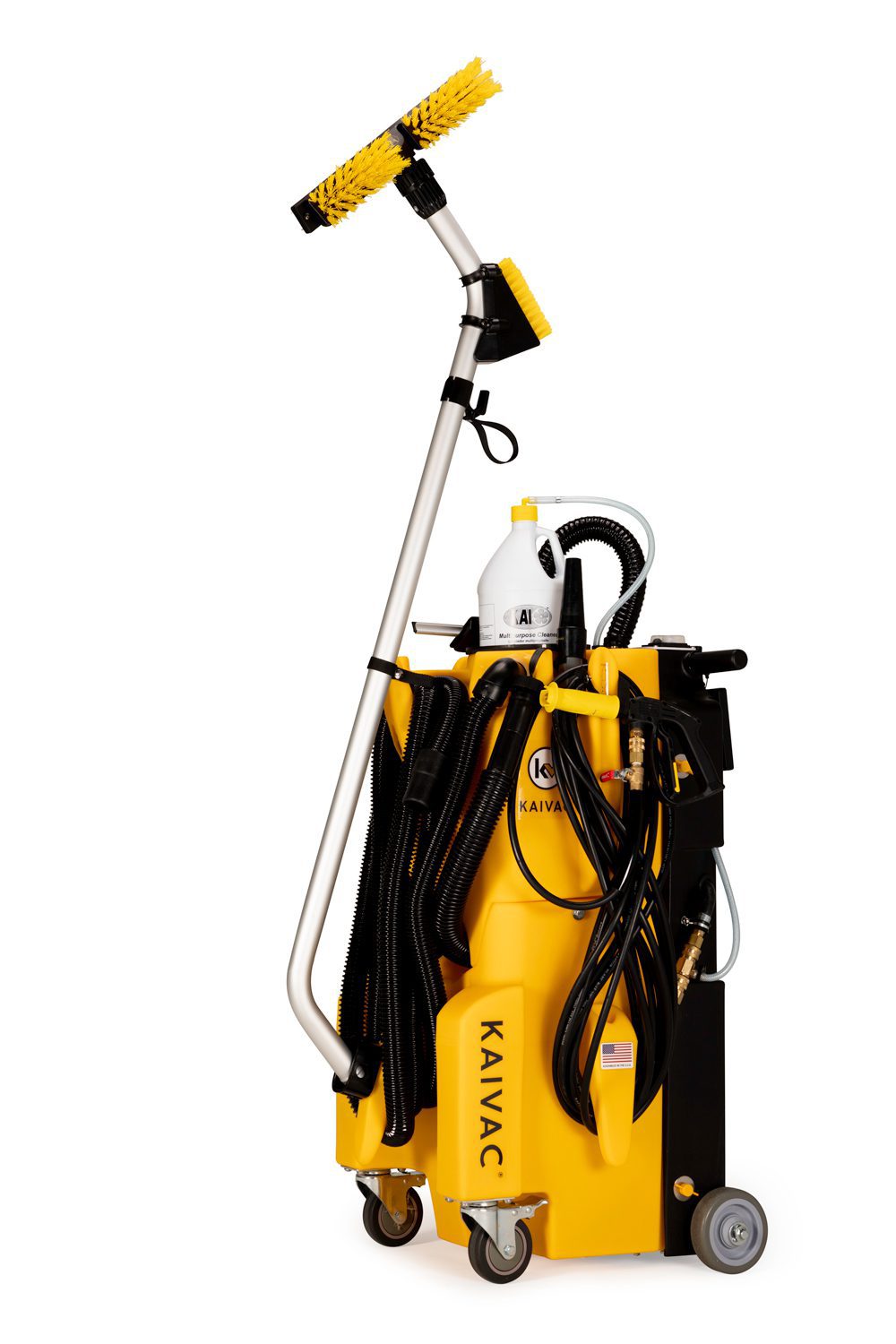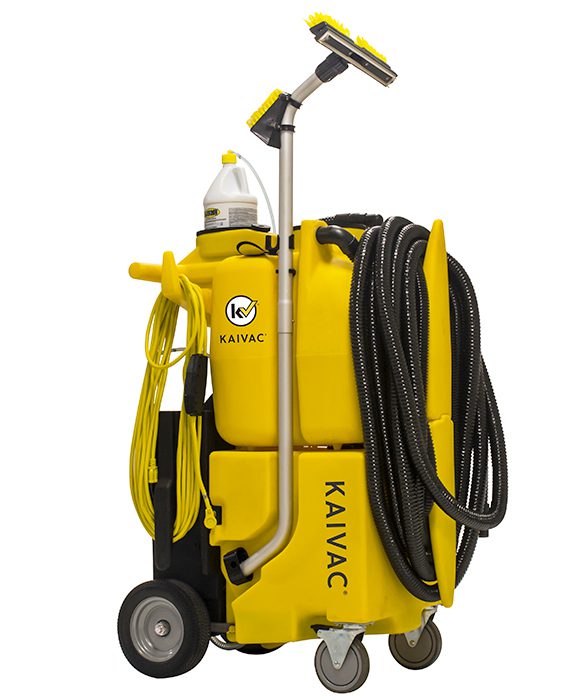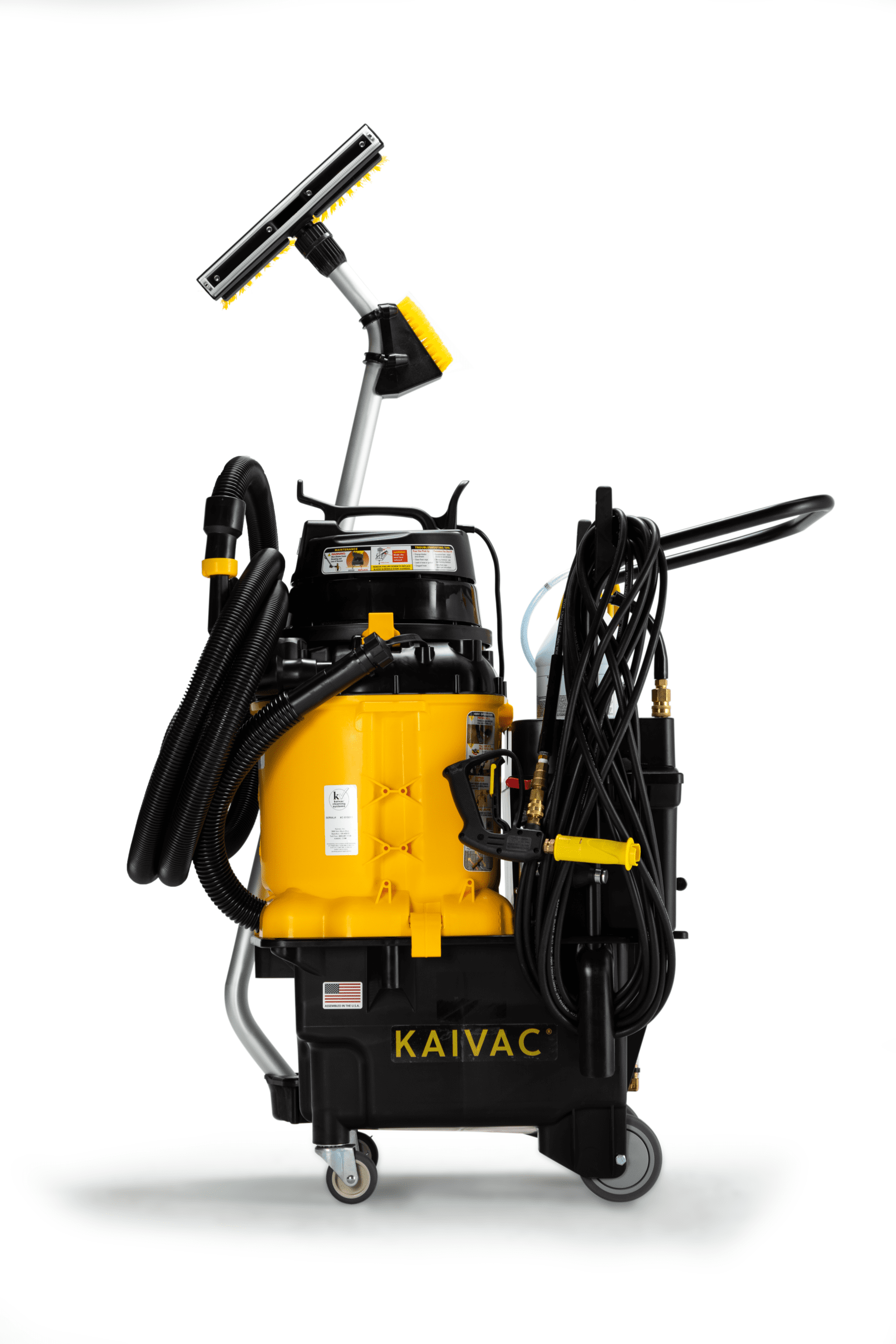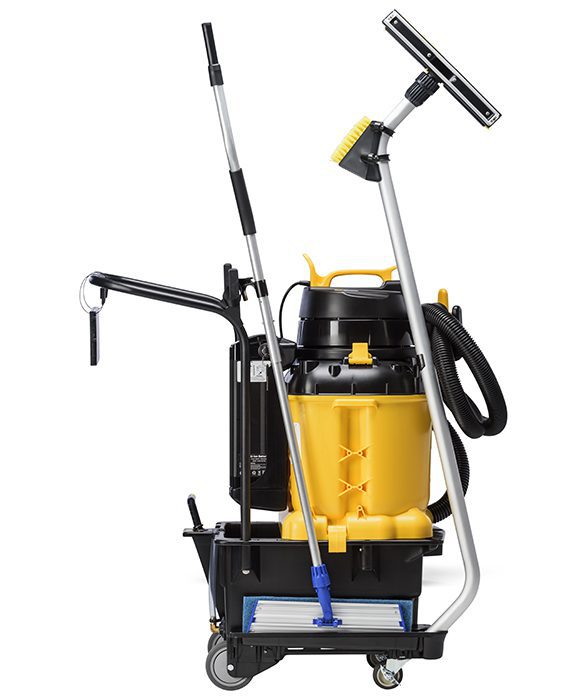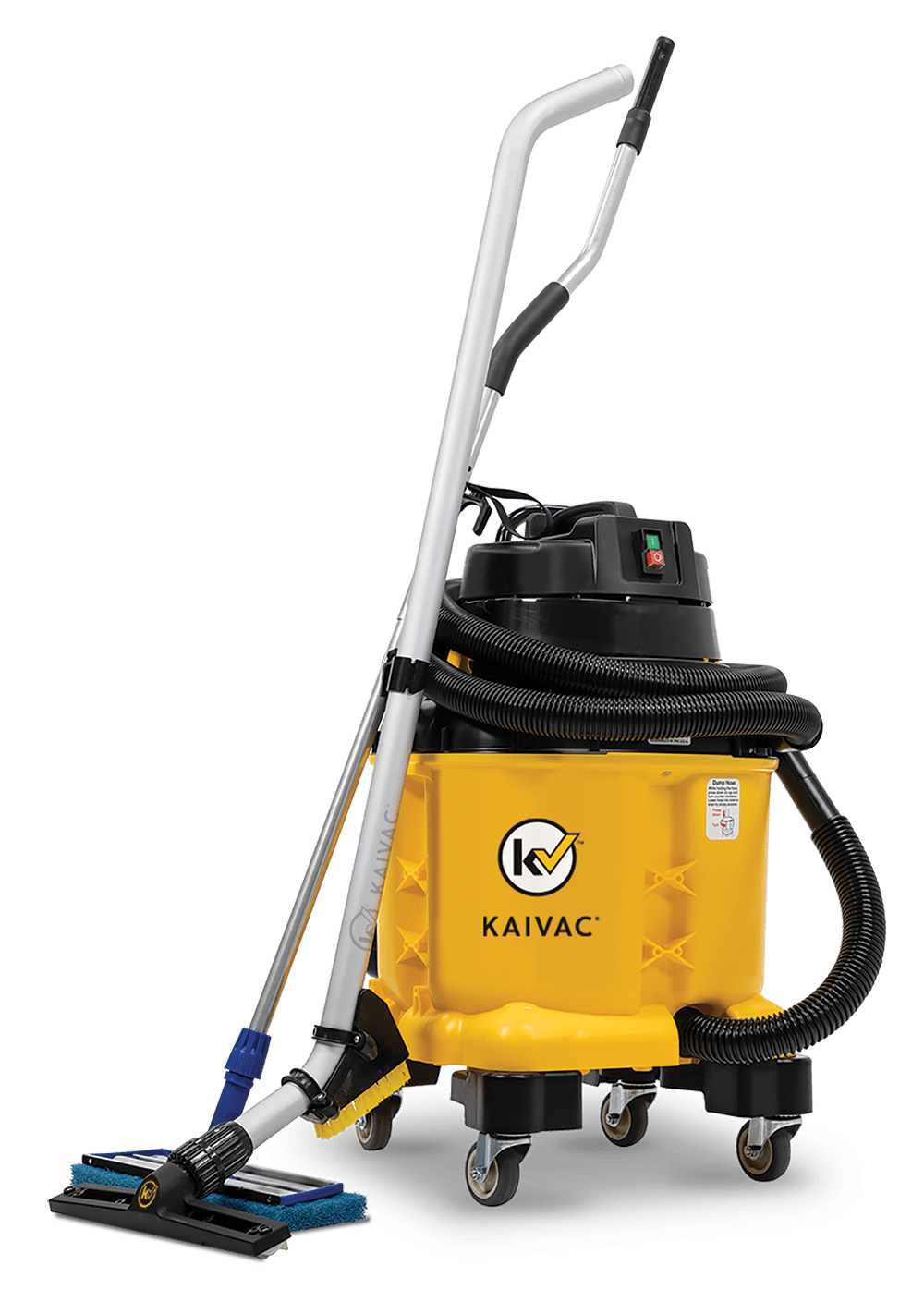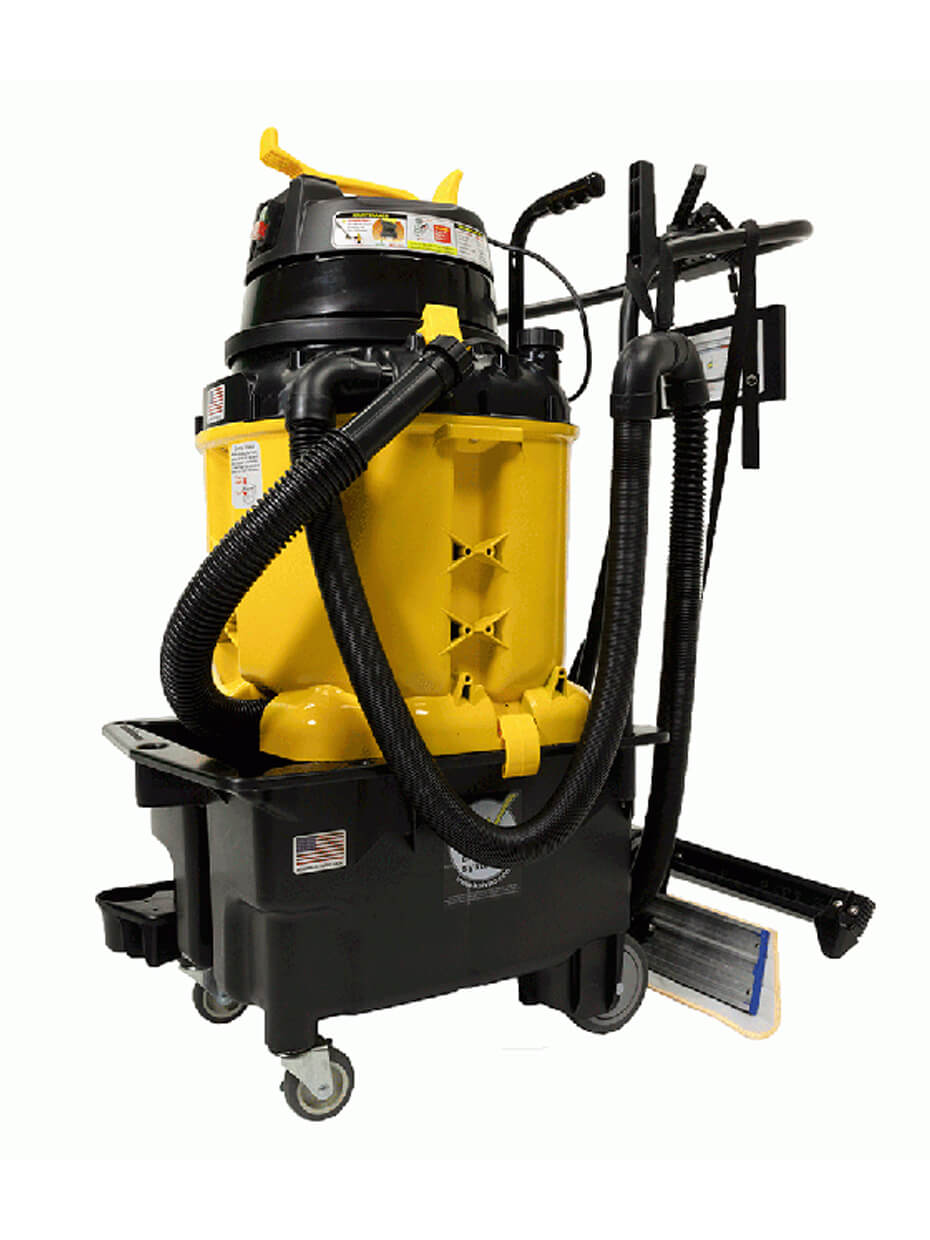No matter the building type, the proper way to clean restrooms is essential. Of course, well-maintained commercial bathrooms protect the public from germs, viruses and other dangerous pathogens. But the benefits go even further.
Clean, fresh smelling restrooms delight occupants and elevate the profile of your business, office or school. Dirty bathrooms tarnish that image. Uncared for restrooms in retail settings lead to lost business as customers take their dollars elsewhere. Dirty, dank and depressing school restrooms discourage student use, chip away at morale and lead to possible health issues like bladder and kidney infections. Protect your occupants, and your reputation, by following a restroom cleaning procedure.
Public Restroom Cleaning Checklist—Know Where to Start
Following consistent restroom cleaning procedures takes all of the guesswork out of this important task. It makes cleaning staff more efficient, sets clear expectations, saves time and prevents possible cross contamination. A cleaning checklist not only makes the job clear, it also highlights seemingly benign areas that are actual pathogen hotspots. The toilet, for instance, is an obvious priority but restroom sinks can harbor just as much salmonella, listeria and E. coli.
Restroom cleaning checklists can be downloaded from a variety of sources. But the best checklist goes beyond a simple template and addresses a broader cleaning strategy. It includes:
- Develop a plan: This is the basic outline of bathroom cleaning tasks and frequencies.
- Train your workers: Teach your custodians what areas to clean, when to clean them, how to clean them and what tools to use. Just as crucial, tell them what tools not to use.
- Know when to spot clean and when to deep clean: Spot cleaning is performed during business or school hours. Deep cleaning takes place after hours. Emergency messes should be cleaned immediately, no matter what time it is.
- Clean top to bottom: Work from high to low, starting with partition tops, walls and mirrors before moving to fixtures, countertops and floors.
- Select better tools: Traditional cleaning tools like cotton mops and rags actually make effective cleaning harder. Upgrading to an automated cleaning systems can reduce restroom fixture cleaning times and save money on cleaning chemicals.
- Test and evaluate your clean: ATP rapid monitoring systems can quickly test for the presence of living pathogens in a freshly-cleaned restroom. This data can be used to evaluate cleaning practices and procedures.
Public Bathroom Germs—Facts and Fiction
All restrooms are high-risk environments, but public restrooms, with their greater volume of users, are even worse. Studies—some done in hospital bathrooms—have found dangerous strains of bacteria and viruses lurking in these spaces, according to an article in The New York Times. They include: antibiotic-resistant staphylococcus, norovirus, E. coli, shigella and streptococcus.
Surprisingly, the often-scapegoated toilet seat is not the major culprit in spreading pathogens and sickening users. Look to common touchpoints instead: flush handles, door latches, faucet taps, towel and soap dispensers are as dirty as or dirtier than the seat. And then there’s the floor. ‘The real cesspool in a public restroom is the floor,’ says Dr. Charles Gerba, microbiologist at the University of Arizona in a Washington Post article. He found that one third of the bottom of women’s purses are contaminated with fecal bacteria, ‘probably from being placed on public restroom floors.’
Grout lines act like a squeegee when mopping. Tips for Public Restroom Odor Control—Beyond Perfume Sprays
A restroom may look clean, but unpleasant smells tell a different story to your occupants and customers. Fight the urge to mask odors with perfume fragrances because these products are as much of an asthma trigger as bleach or ammonia, according to an article in Cleanlink.com. And don’t think that upping your maintenance schedule is the answer as cleaning more frequently with traditional mops and rags actually compounds the problem.
If your restrooms smell bad right after cleaning, blame the floor. This is where odor-causing bacteria live, feeding on urine droplets and other human waste. The only way to get rid of the offending smell is to get rid of the bacteria. Fully removing them from tile is difficult as mops and rags tends to spread contaminants around. Fully removing them from porous grout is nearly impossible as mops and rags can’t pull contaminants out. Even worse, grout lines act like a squeegee, drawing impurities from mop fibers and depositing them directly into the recessed grout.
Commercial Restroom Cleaning Procedures: How to Do It Right
With the right mindset, tools and checklists in hand, it’s time to start cleaning. Start with a top to bottom dusting. Then it’s time to inject cleaning chemicals on fixtures and all soiled surfaces. Start with the fixture closest to the door and travel in a circular pattern. The cleaning solution should be sprayed on toilets for seven seconds, urinals for three seconds and sinks for two. Flush chemicals from the spray line onto the floor, manually brush heavily-soiled areas if needed.
Pressure wash fixtures from top to bottom with clear water. Urinals should take about 15 seconds. Pinpoint rinse toilet plumbing and seat top then lift seat and rinse hinges and seat bottom. Place the nozzle under the rim and rotate around the rim for four seconds then spray directly into the bowl for another four. Finally spray the bottom and base of the toilet. The high-pressure rinse should take about 30 seconds per toilet.
Squeegee mirrors. While there are other ways to clean and shine mirrors they are less effective and require quite a bit of elbow grease. A well-made squeegee will keep mirrors bright and shiny and can be used on flat surfaces, like countertops and partition walls, as well.
Wet vac restroom floors from front to rear to fully remove dangerous soils and odor-causing bacteria. A wet vac also leaves floors dry and ready to use. You can also blow dry flush handles and toilet seat tops for immediate use.
Restock paper products, soap and other supplies.
Public restrooms play an important role in community health and individual well-being, according to Wikipedia. Keeping yours clean and inviting will enhance your business, office or school.
To discover more about Kaivac no-touch solutions, visit our restroom cleaning machines section here.


